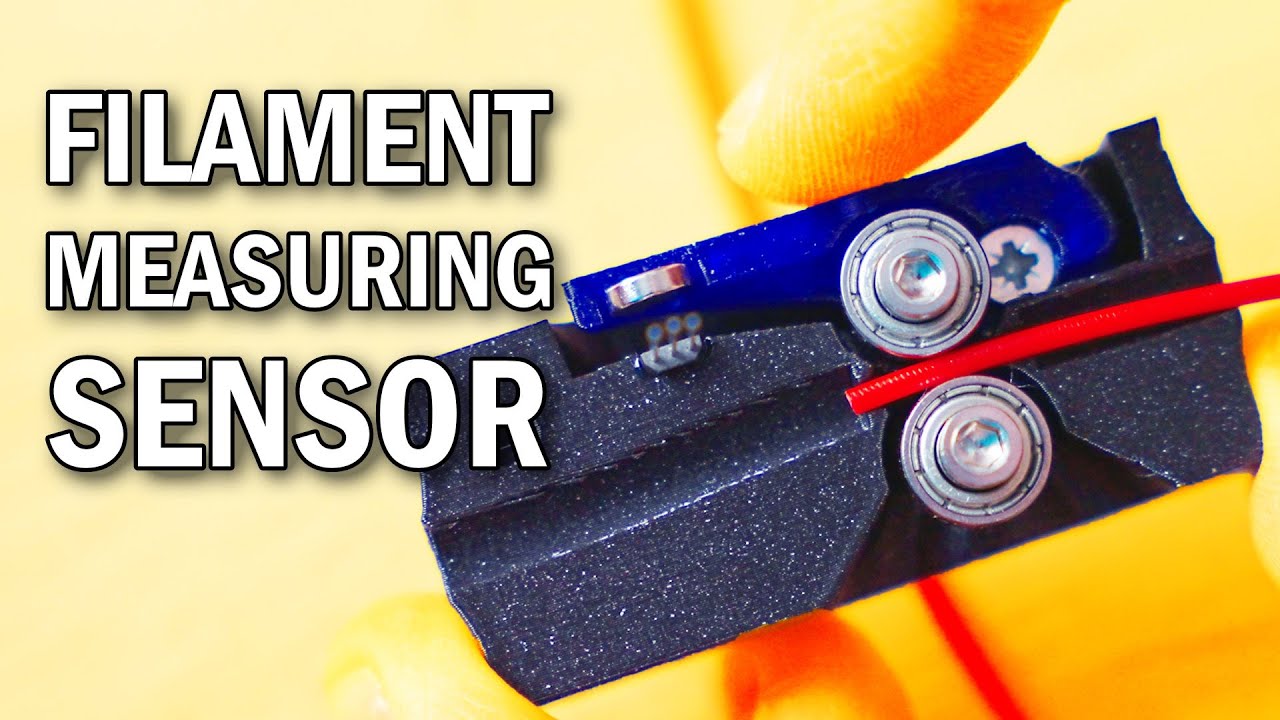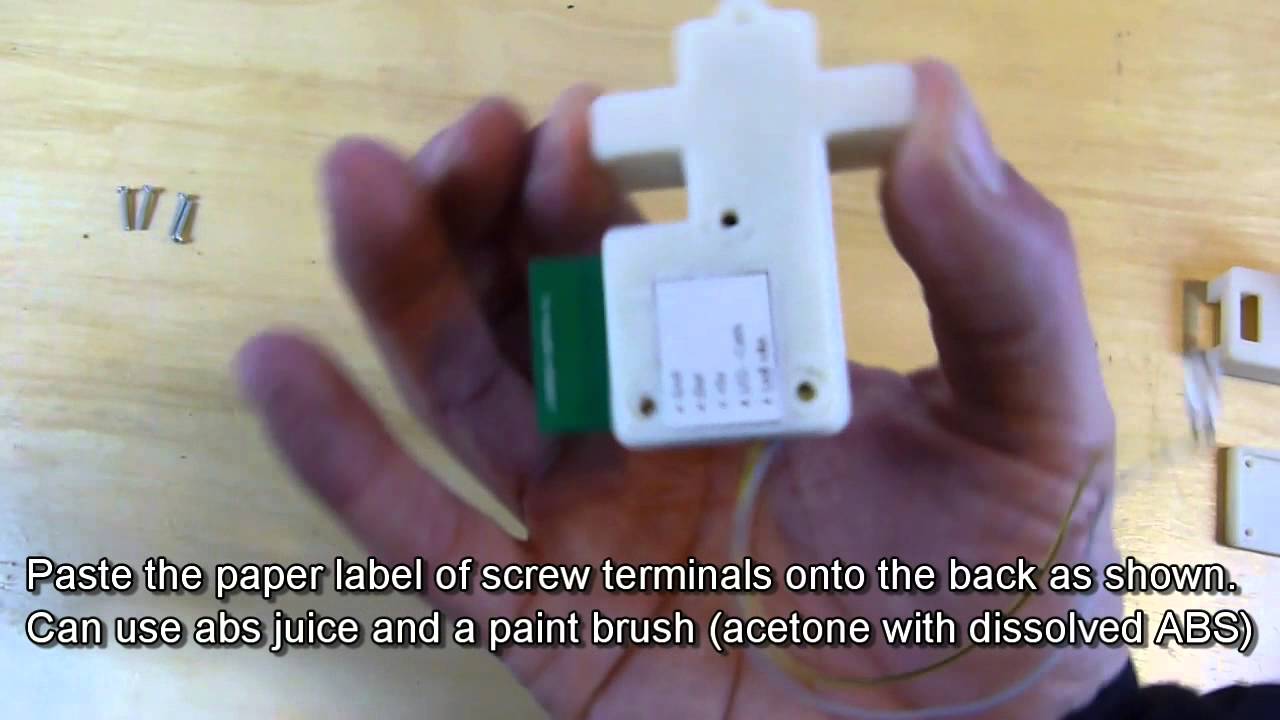Yes I am aware of "Good Filament" and I buy it.
But even that has tolerances and bad charges.
Why precise filament measuring :
I am starting to build my own products for sale, so this has to have the best quality I can get out of my printers
For that reason precision is one of the highest prio's.
The goal is on the other side to get the best out of the printer even if the filament isnt the best!
For example developing my prototyps I often use cheaper filament, in spite of that I want to develope printing quality during evolution of the prototype.
So realtime measure and flowrate manipulation for quality is my goal for several reasons.
I want to develope my printers into the future
and the future is not only a somehow smart filament sensor, it is the
whole technical ecosystem around it.
What I mean is a precise calculation of the used filament/documentated communication with hopefully soon the Spool-Manager external Database, to get precise data of used filament, on top of optical filament spool recognitioin, ERP filament ordersystem..... u name it.
If I can calculate precise thickness, roundness and extrude value and real density we get further.
On the other side I can analyze tolerances after print if the filament is really so good as promised!
So yes this is tracable quality management/proof of evidence also .
Right now it is guesswork or you never can find out why print quality is worse in some regions/Laxers. Is it the filament or another problem?
Hope you can understand my the vision for the future
P.S.:
and thank you Bill.b1 for the hint that you can plug in BTT on foreign boards, didn't recognize that.
The problem here, if I have a closed firmware like on my Chirons I can never realize (without experimenting and flashing somehow Marlin firmware). Thats why I would like independent direktly with octoprint interacting smart sensors. But that is what I learned above wishfull thinking because of the printcue problem


